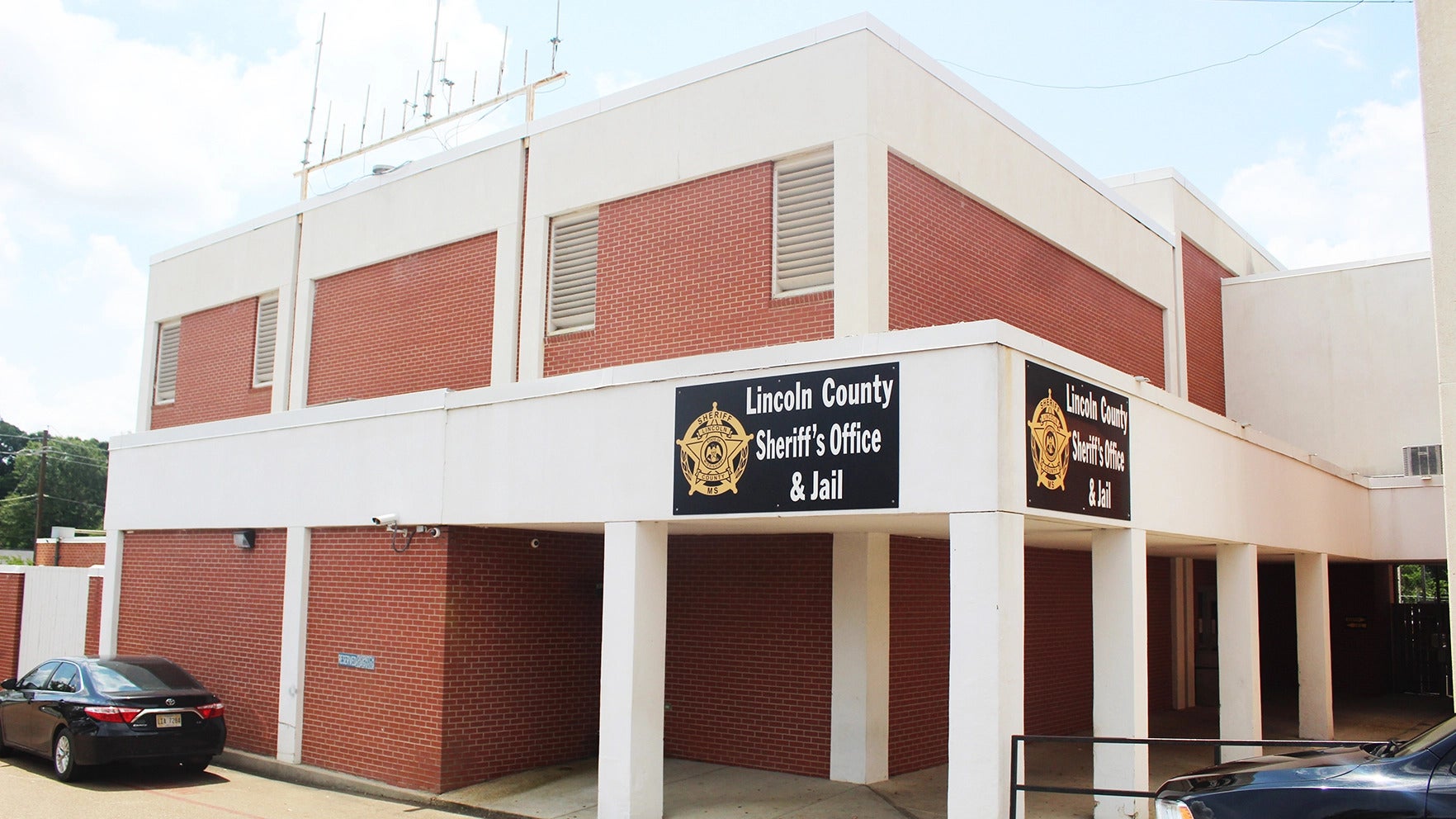Bad must be documented along with good
Published 5:00 am Wednesday, July 23, 2003
When one writes about history, in order to be objective andcomplete, there must be recorded not only the proud, thrilling andpositive events, but also the shameful and disgraceful occurrences.Brookhaven is as fine a community as can be found, but it has itsdark side in the past that should not be swept under the rug. Itmust be remembered, recorded and acknowledged to purge theconscious of the community.
Two of these abhorrent chapters come to mind.
On Dec. 27, 1907, outside of Ruth, a man brutally sexuallyassaulted a girl and fled into Louisiana through Pike County. Earlyin November, another man shot and killed the marshal of Oakvale, avillage in Lawrence County, some 12 miles south of Monticello. Themarshal had undertaken to arrest this man believing him to be theone responsible for the girl’s assault. He wounded the suspect, butthe man escaped and showed up the next day in Brookhaven, where hewent to a physician to have his severe wound dressed.
The doctor notified the sheriff who formed a small posse, andthey went a-hunting. They received a tip that such a man was hidingin a small house in the saw mill quarters of Pearlhaven. The possesurrounded the house and captured the man. On his way to jail, acrowd of some 30 or 40 angry men from Lawrence and Lincoln Countiesintercepted the posse, forcibly tore the suspect loose from hiscaptors, and shot him to death. His body was put in the jailovernight, and it was only then determined that the dead man wasnot the one who assaulted the girl.
Later the man wanted for the girl’s attack appeared in Kentwood,La., and was identified. The Louisiana sheriff took him to theparish jail in New Orleans. He was kept there until the CircuitCourt Judge in Lincoln County called a special term of court for atrial, and an elaborate plan was then worked out with theMississippi National Guard. Louisiana officers took him to Jackson,Mississippi, for safe keeping.
On the first day of the special term of court, the manacled manwas put on the New Orleans limited train escorted by a company ofNational Guard troops from Jackson and by Lincoln County’s sheriffand two deputies. They were to be met at the Brookhaven station bya company of the local guard. They felt that surely this wassufficient force to deliver the prisoner to the court.
In the meanwhile, a special train on the Natchez, Columbia, andMobile Railroad (the Butterfield Lumber Company railroad) had beenarranged by the father of the assault victim and was chugging fromRuth to Norfield packed to the gills with outraged men. It wastimed to connect with the local IC train going north.
Train No. 1, on which the prisoner and his guard were to arrive,was ten to fifteen minutes late when it reached Brookhaven. Thisthrew it behind the arrival of the local train from the south,which was loaded with resolute men from south Lincoln County and alarge crowd from the immediate vicinity where the crime had beenperpetrated.
When they arrived a few minutes before the train from Jacksonand saw the Brookhaven soldiers already drawn up in line armed withrifles with bayonets, the determined men conjured up in their mindsthat the suspect might in some way escape speedy justice undermilitary protection. They decided to take no chances and resolvedto seize him at all costs before he reached the jail and to makeshort work of him.
Their first onslaught was made before the prisoner and all ofthe Jackson military company had fairly alighted from the train.The attackers soon were able to get their hands on the man. He wascut two or three times, given several blows on the head, and thrownto the ground before the guard could beat back the assault and makea start for the jail. Then the soldiers, led by the sheriff holdingto his prisoner with his left hand and brandishing a big forty-fourin his right, started southward along the railroad at a quick paceheaded for the jail.
The angry mob followed in hot pursuit, increasing in number asit went and by the time the prisoner and his guard had left therailroad and turned east up Chickasaw Street toward the jail, ithad swelled to a crowd of 1,000 and completely blocked the way ofthe sheriff and soldiers. At this point, the Ruth group was alsoreinforced by a large number or locals who had previously gatherednear the jail to prevent the man from being placed in there.
When the soldiers were brought to a halt the second time by theangry, determined mob, the father of the girl broke through theline to get to her attacker. In so doing, he receiving two heavyblows on his head from a gun in the hands of a young soldier andcatching a third blow from a bayonet, lacerating his head. Just atthis moment, someone threw a noose over the suspect’s neck. Readyhands caught the trailing end of the halter, dragging him fromamong the soldiers and the sheriff, and hustled him back toward therailroad crossing. As soon as the massive gang got full possessionof the prisoner, they began firing into his body as they hustledhim along, riddling it with scores of shots.
When the had been hurriedly dragged across to the west side ofthe railroad by the excited rabble-rousers, already dead, volleyafter volley was fired into his body as the crowd yelled likedemons. The shouts and cries of the demented throng seemed to comestraight from hell.
Among the very last of the maniacal avengers to come up at thistime and fire a volley into the prostrate and lifeless body was theenraged father who had sufficiently recovered from the stunningblows he had received from the soldiers.
Several members of the mob then seized the rope and dragged thebody to an electric light pole in front of where the funeral homenow sits. One member quickly scaled the pole and fastened the ropeover one of the foot pegs, and the remains were quickly hoistedeight or 10 feet from the ground and left dangling in plain view ofthe immense crowd.
The perpetrators of this heinous exhibition, their blood lustnow satiated, began to disperse. At first, it was with an air oftriumphant and victory; but as they moved away, it appeared thatsecond thoughts slowly began to enter their consciousness as theyglanced at the unnerved citizens silently gaping open-mouthed atthe scene in disbelief.
TWENTY YEARS LATER
On June 29,1928, there occurred a vicious and ghastly doublelynching in the “Home Seekers’ Paradise.”
Two brothers got in an altercation with the owners of a carrepair shop located across from where the library is now situated.In the conflict, the business owners were shot by the brothers,leaving one with a shattered leg bone. One of the shooters wascaptured at the scene by Deputy Charles Brister, but the otherassailant had a running gun battle with police as he retreatednorthwardly toward the old compress area on North First Street.
The police chief, J. Walter Smith, and Sheriff Martin J.Brister, knew the man’s identity and went immediately to hisresidence. He was found hiding in a closet. A bulldog that had beentrained by Cecil Mathis let the officers know where he was. Knowingthe subject was armed and ready to defend himself, the officersopened the door a small amount and commanded the dog to “Sic em!”which he immediately did. Shots came out of the closet, whereuponthe officers opened up with all they had into the closet door.
The officers and the dog escaped unhurt, but the coweringfugitive was hit by five bullets. He was arrested, taken to thejail and put in the cell with his brother and another man whom theofficers thought was an accomplice.
News of the event spread throughout the county, and by lateafternoon, the area of the jail and courthouse were teeming withangry citizens and curious excitement seekers. Soon the crowd beganto organize and plan their action, at the same time sharing drinksof hard liquor among themselves. It was not long before some ofthem obtained an 8″ by 8″ timber ten feet long to batter the jaildoors. They faced the seemingly daunting task of getting past thesheriff and other leading citizens and three steel doors to reachtheir prey.
Several prominent citizens, including T. Brady Jr., W. D. Davis,Mayor P. Z. Jones and J. A. Naul pleaded with them to desist and tolet the law take its course, but their pleas were no match to thewhisky-fueled rage of the mad men. Sheriff Brister faced the rabbleand physically attempted to block the entrance, receiving a badlyhurt forearm from the ramming timber.
It took only two hours for the three steel doors to give way tothe furious ramming. They hauled the two brothers away in separateautomobiles, turning the third suspect loose. By this time, therewere about 40 automobiles lined up in front of the jail headedsouth. Shouts of “Ole Brook! Ole Brook!” rang out as the red-eyedvigilantes set out on their course to the original site ofBrookhaven.
Upon arrival at the Ole Brook bridge, they found a suitabletree. After putting a noose around one of the poor victim’s neck,they threw the other end over a strong limb. Someone shouted: “Noshooting until he is dead!” which was obeyed. It didn’t take longfor the grim reaper to collect his bounty. Then the jubilantattendees got their kicks by emptying their firearms into thelifeless body.
For an encore, the imaginative group put a rope around the othervictim’s neck, but instead of finding a tree for him, they rode tothe edge of town and then tied the rope to the rear axle of the carand let him follow along behind as they slowly drove through town.The pitiful prey was allowed to keep pace with the car for a shortwhile.
Sheriff Brister had Hartman’s Funeral Home had the grim task ofremoving the bodies, and they had the two lying side by side in themorgue before midnight.
Bob Jones is a Brookhaven attorney.





